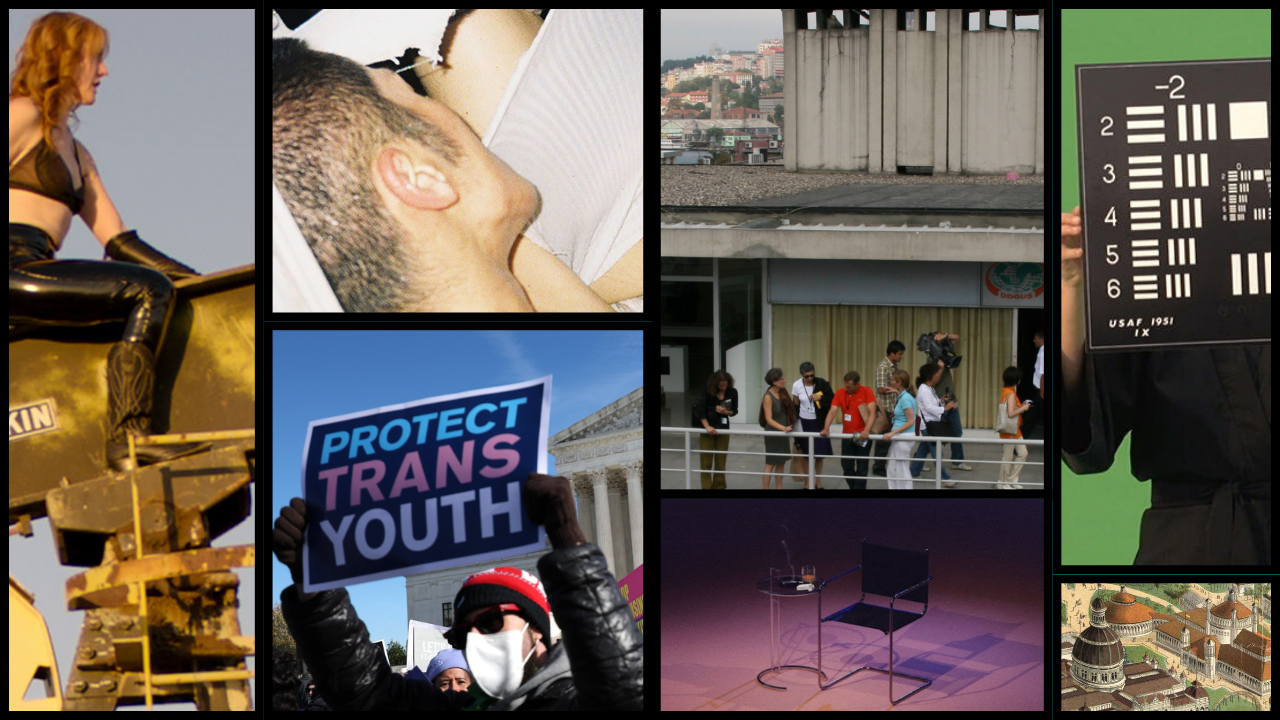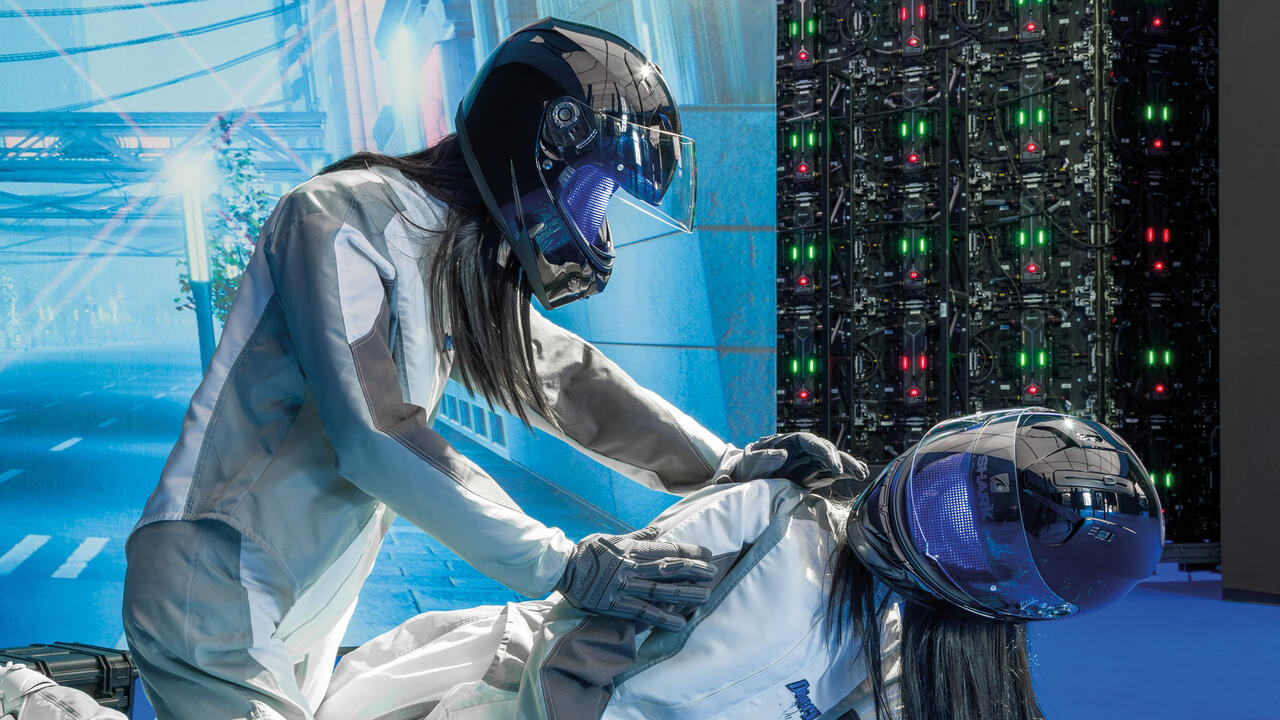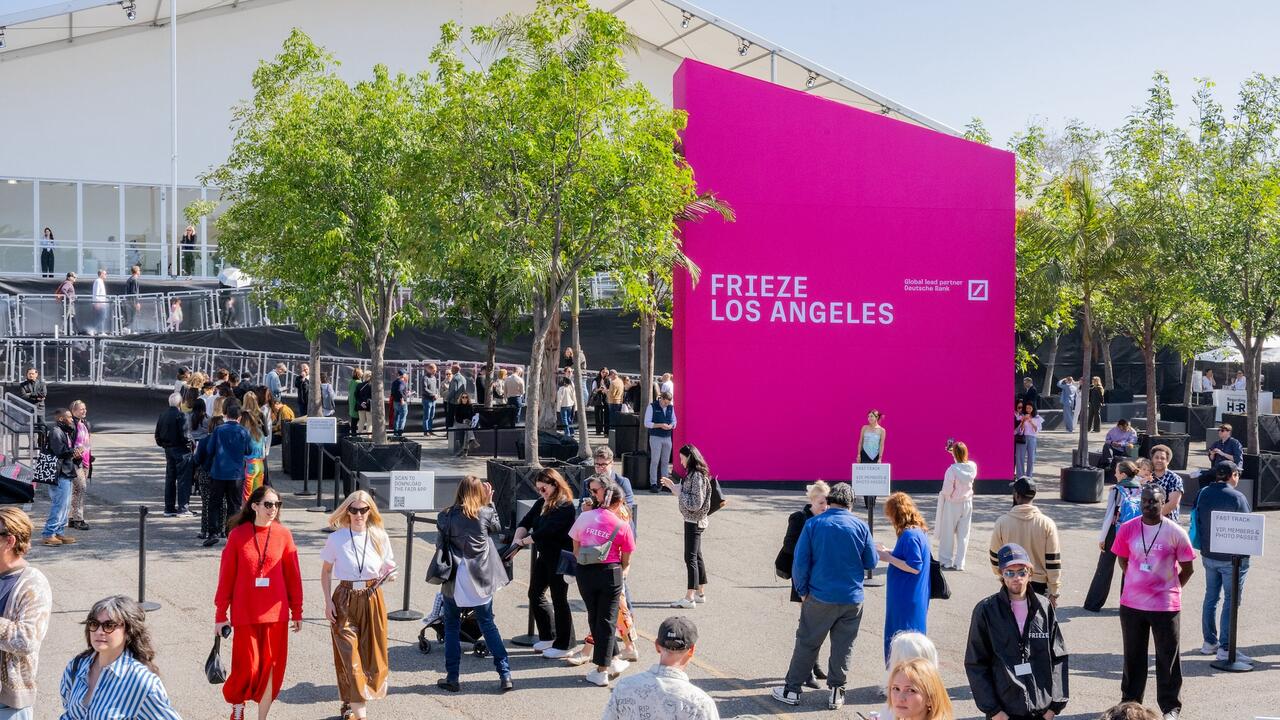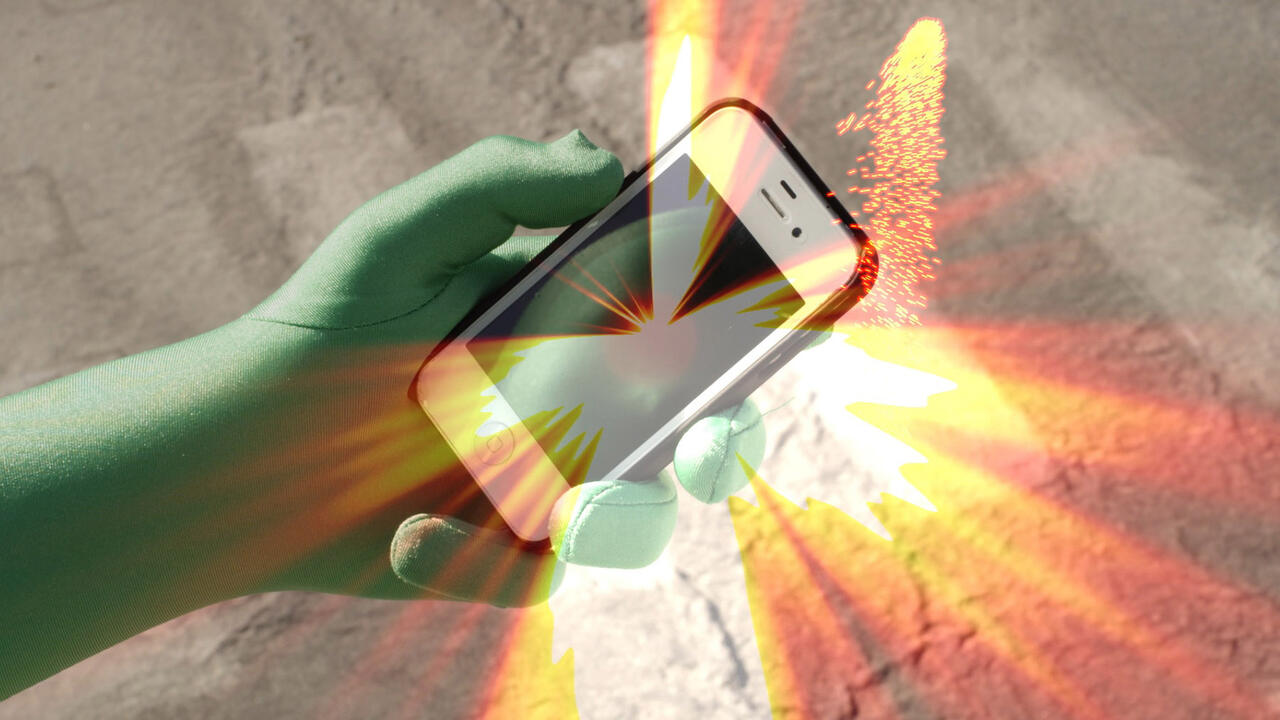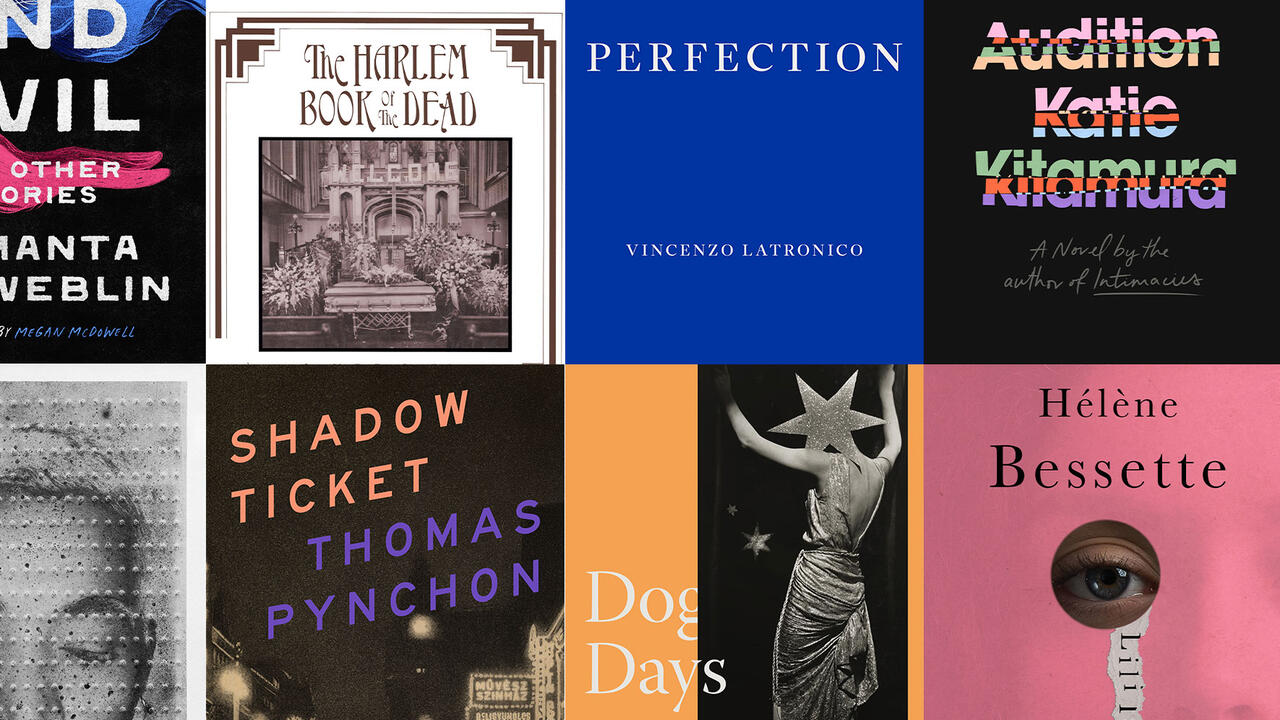Los Angeles Wildfires: ‘The Grieving has Barely Begun’
Frieze contributing writer Jonathan Griffin reflects on the devastation and resilience of a city transformed
Frieze contributing writer Jonathan Griffin reflects on the devastation and resilience of a city transformed

In Los Angeles, it’s earthquakes you tend to worry about most. Even when I moved here, nearly 15 years ago, people back in the UK would ask if I wasn’t concerned by the impending threat of The Big One. In the years that have passed, with only a few mild tremors, the worry has both faded – it’s something you live with – and grown, as the eventual, inevitable release of pressure on the San Andreas Fault draws closer.
This week, The Big One arrived in Los Angeles, though not in the way most people had expected. When news reports warned, on Monday, of the potential of ‘devastating and life-threatening winds’, I put it down to the media and local authorities’ tendency to over-dramatize weather events, the way any rainfall here seems to be announced as a ‘storm’.
But those winds came, as predicted, and their effects were indeed devastating, and continue to be so. As I write, the Los Angeles Times is reporting that ten people have died, more than 9,000 structures have burned and at least 130,000 residents are under evacuation orders following the wildfires that have ripped through tinder-dry vegetation and residential neighbourhoods around the city since Tuesday. The Pacific Palisades, a hilly enclave north of Santa Monica that stretches from the beach to the mountains, and Altadena, a neighbourhood north of Pasadena that nestles against the foothills of the San Gabriels, have been largely razed. Fires there and elsewhere are still spreading.
There is no question that this week will mark an indelible inflection in LA’s art history.
Everyone experiences crises like this differently. My own home is several miles from the Eaton fire in Altadena, but this hasn’t stopped my street’s group chat buzzing with anxieties over whether we’ll be next to be evacuated. Most people I know have downloaded the app Watch Duty onto their phones, which keeps us scrolling into the night through endless notifications and detailed reports of worsening conditions.
I’ve mainly been following the fires’ impact on my friends and colleagues via Instagram. Altadena is an area popular with artists, especially those seeking extra space for a family or an attached garage-studio. I visited two artists in Altadena recently with exactly that set-up: their first owned home and a studio that was all theirs, without fear of rent-hikes or eviction, seemingly for good. Both properties have reportedly been burned to the ground. One of those artists, Kelly Akashi, lived in a house formerly owned and renovated by the influential figures Jim Shaw and Marnie Weber – a cultural monument in itself. Arguably as historically significant as the now destroyed Will Rogers Ranch in the Palisades is the destruction of Paul McCarthy’s Altadena home (as well as nearby homes belonging to his children Damon and Mara), which he had owned since the 1970s.

I don’t want to name all the artists and other arts professionals here whose homes and studios are said to have been lost. Their process of grieving and recovery has barely even begun. What they need, for the moment, is privacy. ‘Please just let me be,’ wrote one friend in an Instagram story. ‘I appreciate your love but need a break from communications.’ Their communities will no doubt rally around them, but they cannot replace what is gone, even with money.
Meanwhile, normal operations in the LA art world have ceased. Exhibitions have been postponed until further notice; galleries and museums closed; events cancelled. At times like these, art can’t do much.
In time, the city and its artists will begin to make sense of what happened this week. Following the global pandemic, this is probably the most traumatic societal event that the majority of LA citizens, myself included, have experienced; horribly, it feels like a glimpse into the future, a future that is not limited to LA. It’s simplistic to see the fires as purely a result of the climate crisis, although the lack of rainfall in the region since May has no doubt played a major part. Population growth, urban development, wilderness management and under-resourced public services have all contributed to this disaster, and are problems not specific to LA. We must all get used to living in a time of emergency and instability.
Following the global pandemic, this is probably the most traumatic societal event that the majority of LA citizens, myself included, have experienced
What becomes more evident, in the face of disaster, are the bonds of immediate community. The WhatsApp groups, the neighbourhood text chains, the social-media networks; these flimsy and imperfect ties are what we hold onto when the world is shaken by brutal forces outside of our individual ken.
There is no question that this week will mark an indelible inflection in LA’s art history. Traditionally a place whose open skies and ease of living allowed many artists and thinkers space for lofty reflection, for solipsistic eccentricity or for domestic aestheticism, from now on, the city will look and feel very different. Artists will not solve all its problems, but hopefully they can find new ways of living with them.
Main image: Aerial view taken from a helicopter during the Palisades fire near the Pacific Palisades neighborhood of Los Angeles, California on 9 January, 2025. Photograph: Josh Edelson/AFP via via Getty Images


